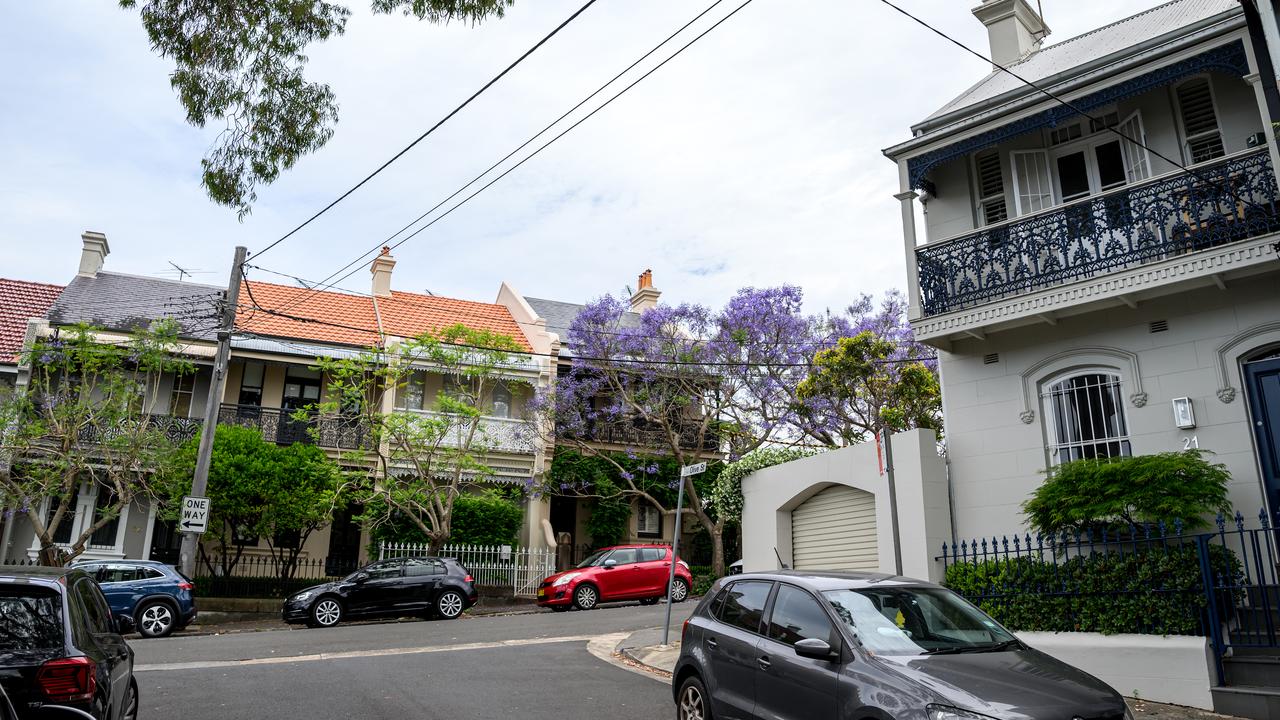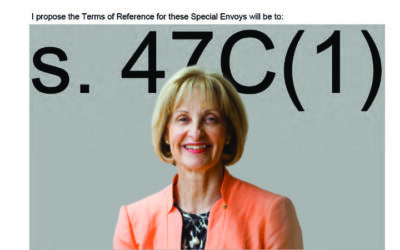Home buyers are being pushed out to the regions as falling interest rates and a lack of supply put a rocket under inner-city house prices.
The median house price in Sydney is set to approach the dizzying $2 million barrier in 2026, according to forecasts released by property sales portal Domain on Thursday.
House prices across the capital cities are expected to grow by six per cent in 2026.
That is on top of the nine per cent growth forecast for 2025, as three Reserve Bank interest rate cuts and stronger income growth boost demand.
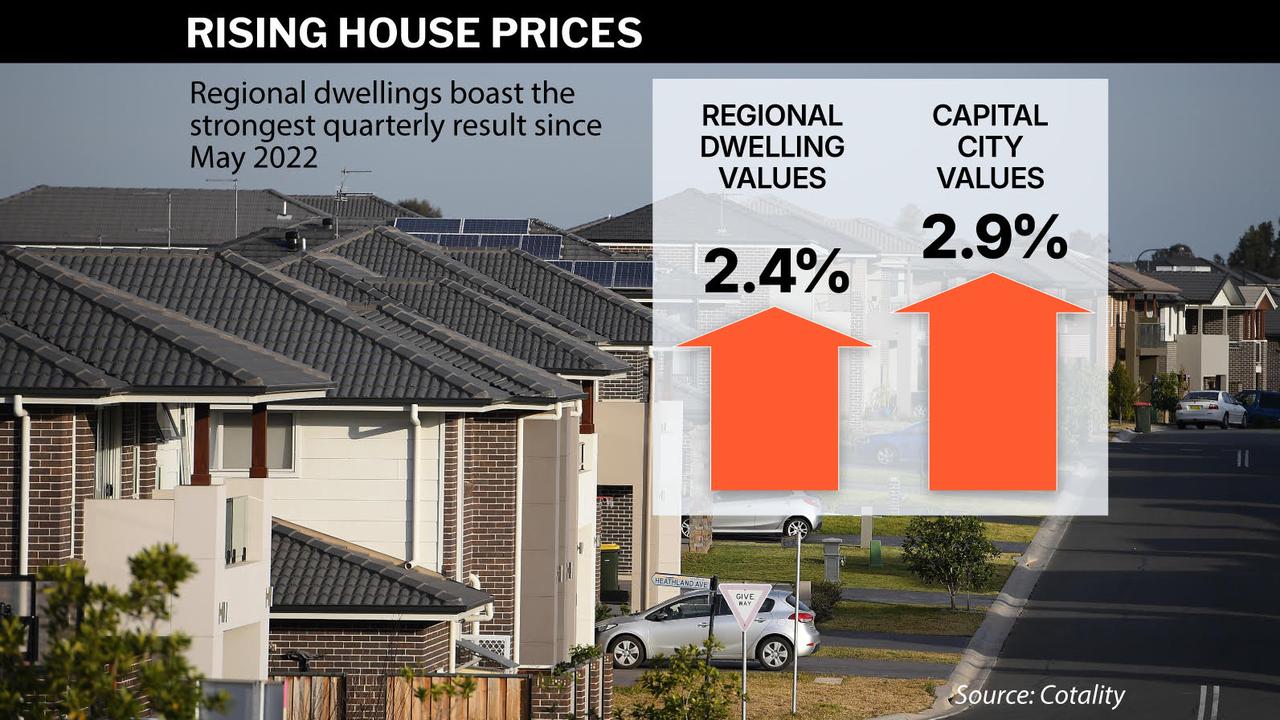
“We’ve seen momentum building across our housing markets, and particularly in our largest markets Sydney and Melbourne,” Domain chief economist Nicola Powell told AAP.
“We’re expecting that momentum to continue to build in the first half of 2026.”
After falling in recent years, the median Melbourne house price is expected to grow six per cent to a record of $1,170,168 in 2026.
The median Sydney house price is forecast to rise seven per cent to $1,924,439, putting it on track to eclipse $2 million in 2027.
“I would describe a million-dollar median house price as a psychological hurdle for a buyer. And I think with Sydney approaching $2 million, this is like Mount Everest,” Dr Powell said.
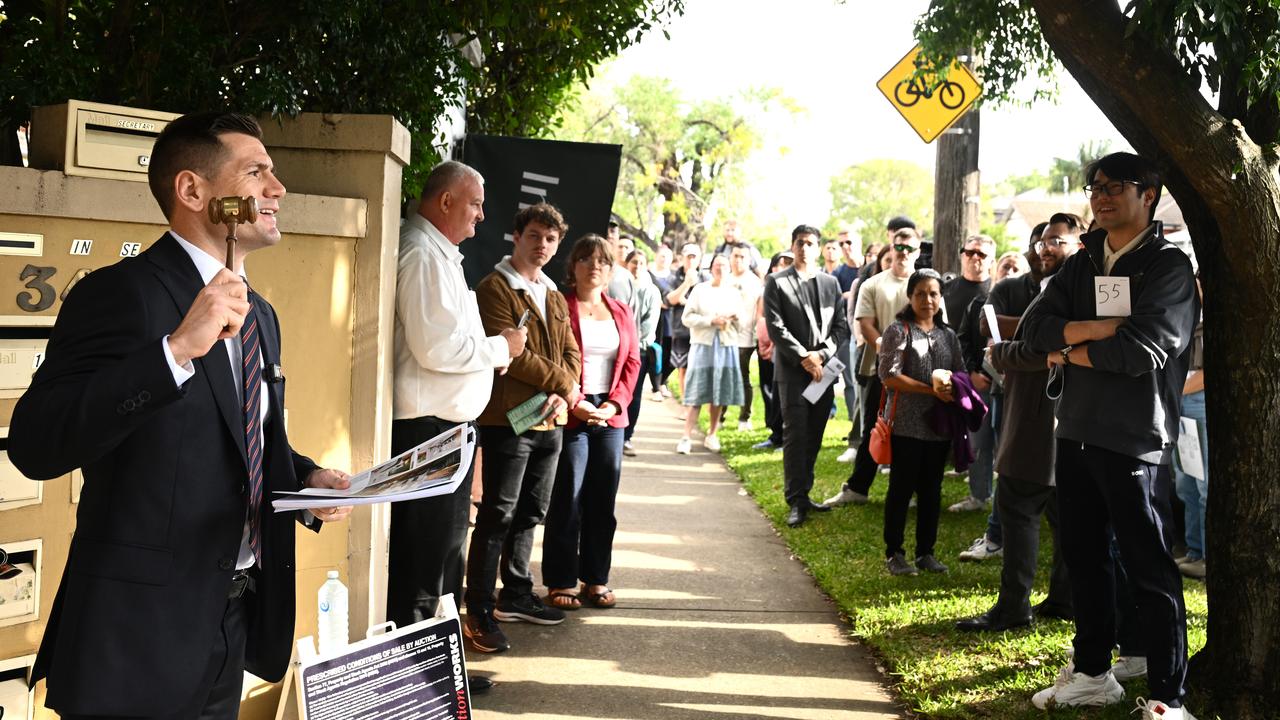
As prices surge in the cities, buyers in the regions have been feeling the spillover effects.
Regional dwelling values rose 2.4 per cent in the three months to October 31, the highest growth rate in more than three years, property analytics firm Cotality found.
While the spike in regional property prices at the height of the COVID-19 pandemic was driven by pull factors such as remote work and a desire for more space, the current growth phase is down to prospective buyers being priced out of the cities.
Communications professional Rowena Sturn and her partner, a public servant, bought a house in Newcastle in 2024 after realising Sydney was well out of their price range.
“Blocks of land in the suburb we were living in in the inner west were selling for like $2.5 million, $3 million, and we’re like we’re never going to be able to afford that, so we’re out,” she said.
With starting a family on their mind, the couple returned to their home town of Newcastle.
But they were not ready for how hard it would be to break into the market or how rife underquoting by real estate agents would be.
“The competition was fierce. It took us like nine, 10 months of active house hunting, coming up from Sydney almost every weekend, going to inspections, to look at properties,” Ms Sturn said.
“I don’t think enough is being done to make it easier and more accessible to purchase.”
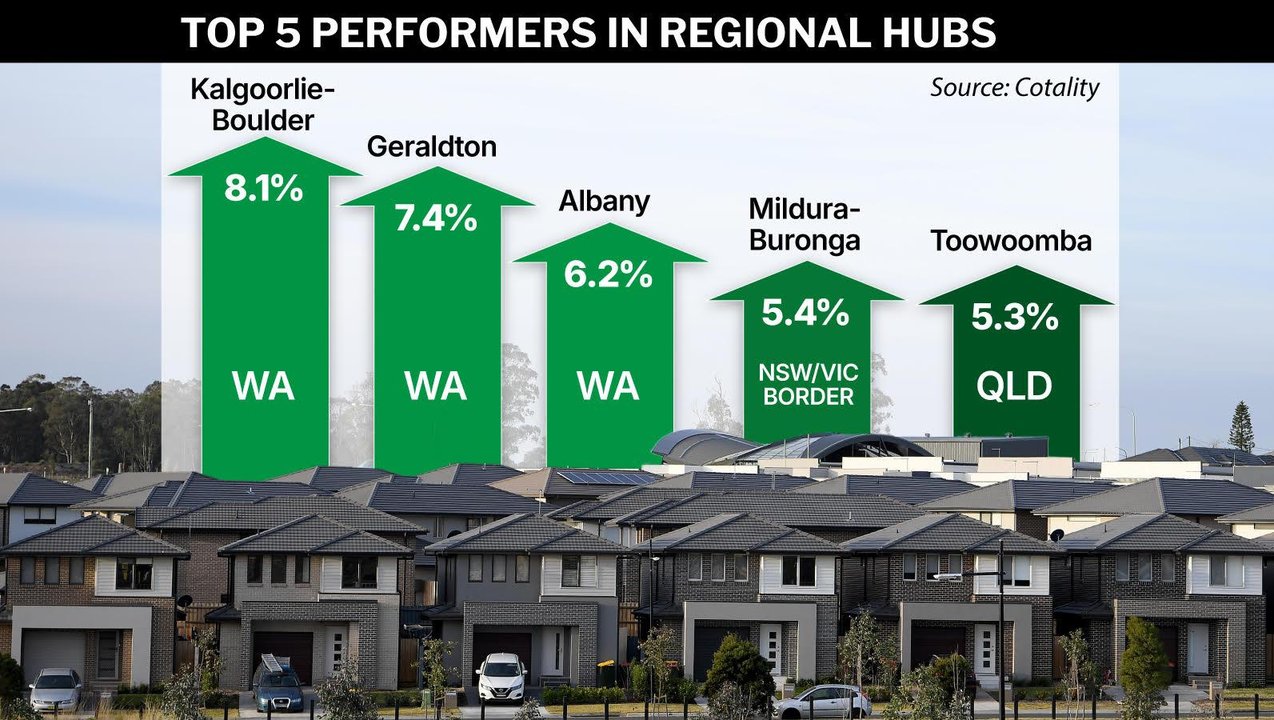
Governments have in recent years worked to improve housing affordability by increasing supply, such as NSW recently passing planning and zoning reforms.
While it would take time for such changes to bear fruit, Australia’s chronic undersupply would start to improve from late 2026, Dr Powell said.
Units are expected to grow by a more modest five per cent nationwide in 2026.
For those for whom buying a house is not an option, rents are expected to start rising after a period of near-stagnant growth in 2025.
Falling overseas migration and increased investor activity should at least keep rental growth under control, at a relatively subdued three per cent.
Australian Associated Press is the beating heart of Australian news. AAP is Australia’s only independent national newswire and has been delivering accurate, reliable and fast news content to the media industry, government and corporate sector for 85 years. We keep Australia informed.
